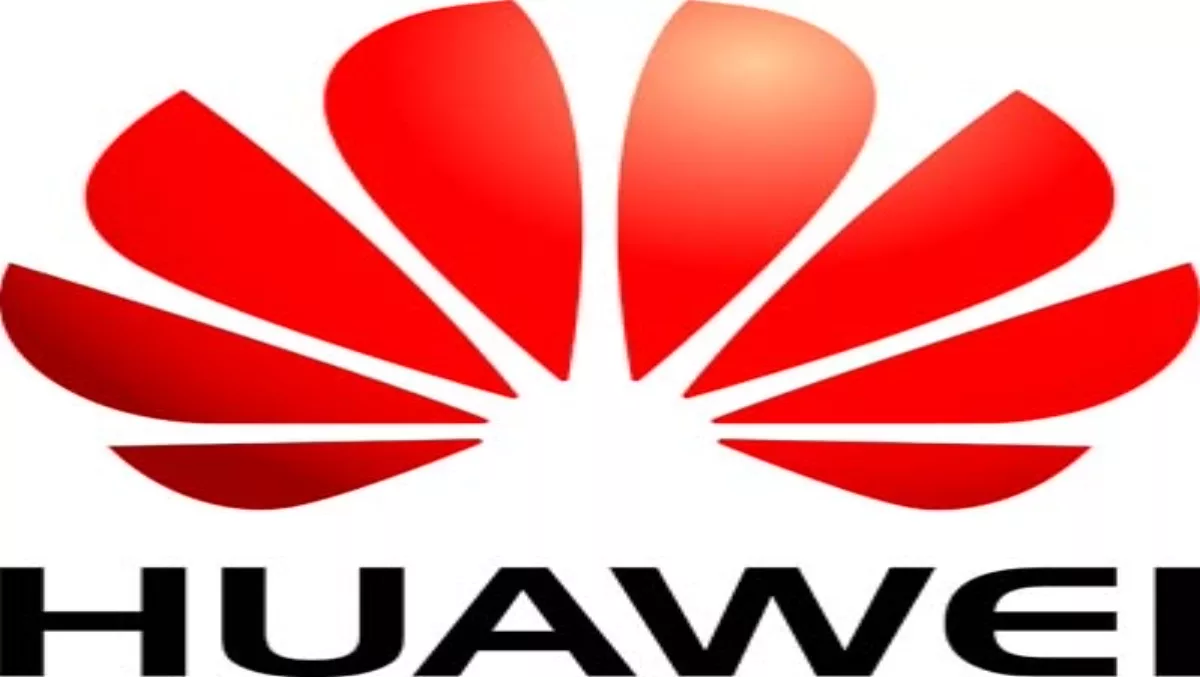
Who dares wins
In October of this year, Huawei in New Zealand entered new territory - through our partner, mobile operator 2degrees, we introduced into the market the IDEOS smartphone. Huawei in New Zealand has been supplying phones to 2degrees for some time, but this launch was different. For the first time this handset, using leading edge 2.2 Android technology developed in association with Google, carries the Huawei brand.For Huawei New Zealand this is a significant moment in the development of our local business. Our brand is now out there for all to see - it’s no longer hidden inside a roadside cabinet or a telco’s switch room. This means we now have a responsibility and a commercial imperative to tell the story of our company’s rapid development and our aspirations in this market to a much broader audience.Huawei Technologies has grown very rapidly from its beginnings as a distributor of PBX products in China. From those modest beginnings the company has grown into a global supplier to the telecommunications industry, providing technology and expertise in more than 100 countries, serving 45 of the world’s top 50 telecom operators, and one third of the world’s population.A private company, Huawei is the biggest Chinese business that is not owned by the state - ownership is entirely in the hands of its employeesIn 2009 Huawei revenue exceeded $US21.8 billion, delivering year on year growth of 19%. We are a global company of 95,000 employees - half of whom are employed in the research and development function. We believe this commitment to future technology is one of the key reasons for our success because the fruits of R&D can be enjoyed in every market around the world that values the enrichment of life through communications.Our New Zealand business is young and growing rapidly - a 35% growth in local staff over the past six months - but we have already achieved significant milestones. We built the 2degrees 3G mobile network, launched in 2009, and the Vodafone fixed broadband network in 2007. These two important projects demonstrate the diversity of our offerings - end-to-end solutions in mobile, fixed and broadband, in addition to core networks and data communications. It also helps explain why Huawei worldwide is the only telecoms supplier ranking in the top three of fixed, mobile and IP network provision.At time of writing, the New Zealand industry is on the verge of significant change. The country is poised to begin the rollout of the Ultra Fast Broadband project, there’s a possible corporate separation of the country’s biggest telecommunications company on the horizon, and-next generation LTE mobile services are rapidly on approach.New Zealand’s decision to embark on the UFB project means the country joins a growing league of nations - 30 at last count - that understand how broadband will be an effective way of addressing such 21st Century challenges as the aging population, growth of cities, healthcare and climate change, and it will, of course, act as a stimulus to prosperity.According to estimates, a 10% increase in broadband penetration translates into a 1.3% growth in gross domestic product. The list of countries that have chosen to embark on national broadband projects is also significant. They are developed countries who recognise their future prosperity will increasingly be defined by the sophistication of their ability to communicate. If you are looking for ground-breaking historical parallels, there is none better than the construction of the interstate road system in the USA, seen in hindsight by economists as the greatest contributor to prosperity in the USA in the second half of the 20th century.Huawei is playing an important role in delivering technology to countries that have made the national broadband choice. We have built the world’s first open-access and government-backed nationwide broadband project in Singapore with our partner Nucleus Connect - that network went live in August of this year. But it’s more than just Singapore; Huawei is rolling out fibre broadband networks with BT in the UK, with Telekom in Malaysia, with Etisalat in the UAE, and most recently we were awarded the contract to build a national fibre network in Brunei.Both regionally and globally, Huawei is at the forefront of Ultra-Fast Broadband network deployments. Also relevant to the New Zealand market is Huawei’s leading edge position in the rollout of next-generation LTE mobile networks around the world. At last count, our company was contracted to build 18 LTE networks worldwide. This innovative technology will not only introduce diversified multimedia services and much faster speeds than those of 2G/3G and fixed networks, but also offer significant cost and competitive advantages to operators.Huawei’s commitment to LTE R&D started in early 2004. Since then our investment has steadily increased. Products and programs developed by our engineers are all designed to flexibly match with operators’ differing business goals and emerging global user expectations of LTE based services and applications.As of October 2010, Huawei was ranked No.1 in the world with 18 commercial LTE contracts and more than 70 LTE trials. To date, Huawei has submitted over 5800 LTE/EPC standard proposals to 3GPP and holds 270 essential LTE patents in ETSI (European Telecommunications Standards Institute), ranking No.1 among all vendors.2011 will be a year that will change the landscape of communications in this country. We will see the rollout of the Ultra Fast Broadband and we will also see network operators position themselves for the introduction of next-generation mobile.Huawei’s future in this market, we hope, will be inextricably linked to the introduction of these two ground-breaking technologies.

